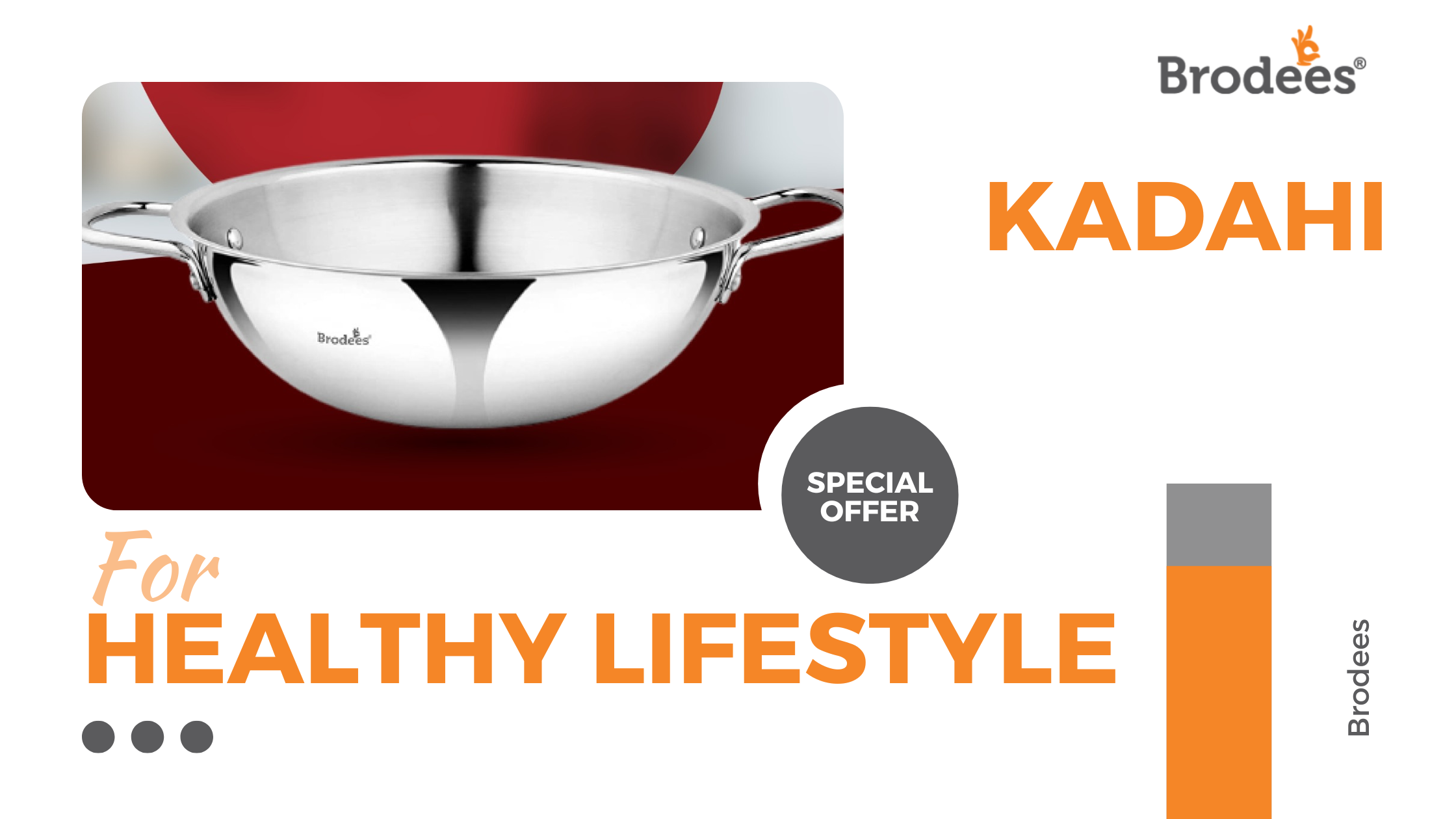Introduction
In the realm of traditional Indian cooking, the kadahi holds a special place. With its unique shape, versatility, and cultural significance, the kadhai has been an essential utensil in Indian kitchens for generations. This humble piece of cookware has not only shaped countless mouthwatering dishes but has also become a symbol of the rich culinary heritage of India.
The Kadai: A Brief Overview
The kadai, also known as karahi, is a deep, circular, and slightly concave cooking vessel that is commonly made from materials like cast iron, stainless steel, or brass. Its design, which resembles a wok with steeper sides, sets it apart from other cooking pots. The kadhai’s shape is optimized for even distribution of heat, making it ideal for sautéing, shallow frying, and preparing a wide variety of dishes.
Historical and Cultural Significance
The kadahi’s history can be traced back centuries to the Indian subcontinent. It has been an integral part of Indian culinary traditions, particularly in North Indian and Pakistani cuisines. Traditionally, it was used over open fires and clay stoves, a method that allowed for intense heat distribution and the perfect searing of meats and vegetables. Over time, the kadhai became more than just a cooking vessel – it became a symbol of hospitality, as it was often used to prepare large meals for gatherings and celebrations.
Cooking Techniques and Culinary Magic
Cooking with the kadahi is an art that requires a balance of intuition and technique. The shape of the kadhai allows for easy stirring and tossing of ingredients, making it perfect for quick stir-fries, curries, and deep frying. The high, sloping sides prevent ingredients from spilling over and aid in the evaporation of excess moisture, resulting in concentrated flavors.
One of the Brodees kadhai’s unique features is its ability to retain and radiate heat evenly. This property is essential for achieving the coveted ‘wok hei’ – the smoky, charred flavor imparted to the dish when cooked at high temperatures. The searing heat of the kadahi can transform simple ingredients into complex, aromatic dishes that are a delight to the senses.

